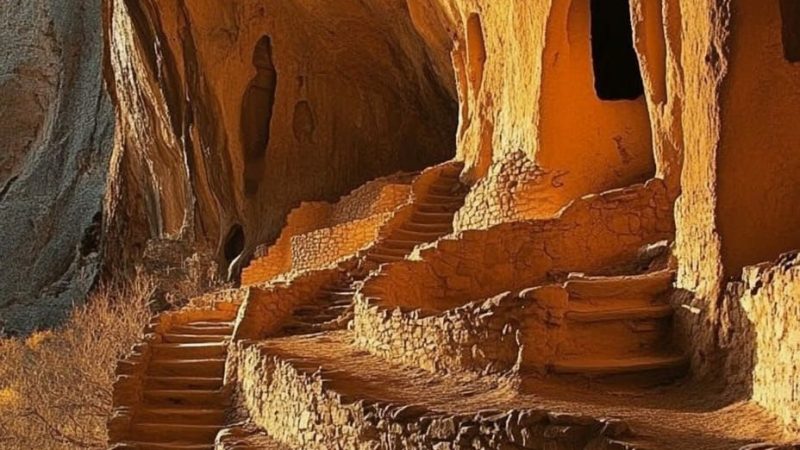Neptune Cave in Sardinia, Italy. One of the most beautiful places on Earth

Located on the stunning island of Sardinia, Italy, Neptune Cave, also known as Grotta di Nettuno, is a mesmerizing natural wonder that captivates visitors with its ethereal beauty and geological significance. Situated on the Capo Caccia peninsula, this magnificent cave is renowned for its breathtaking stalactite and stalagmite formations, crystal-clear waters, and awe-inspiring chambers. Let us embark on a journey to explore the enchanting Neptune Cave and unravel its mysteries.
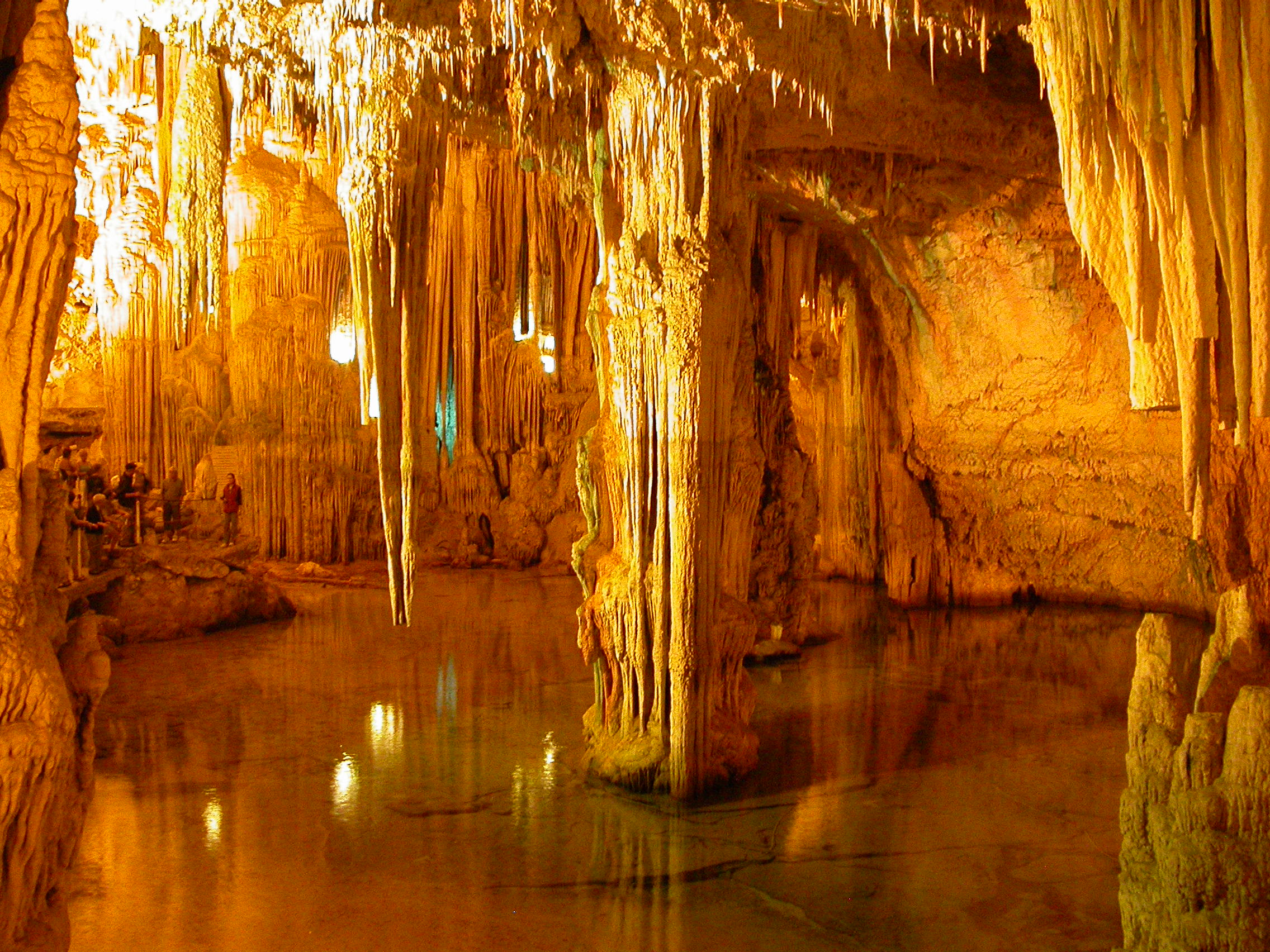
The Neptune Cave is accessible by descending a dramatic staircase carved into the cliffs of Capo Caccia. As visitors make their way down, they are greeted by panoramic views of the Mediterranean Sea, creating a sense of anticipation for the grandeur that lies beneath the surface. Upon reaching the entrance, the cave unveils itself, offering a glimpse into a subterranean realm of wonder.
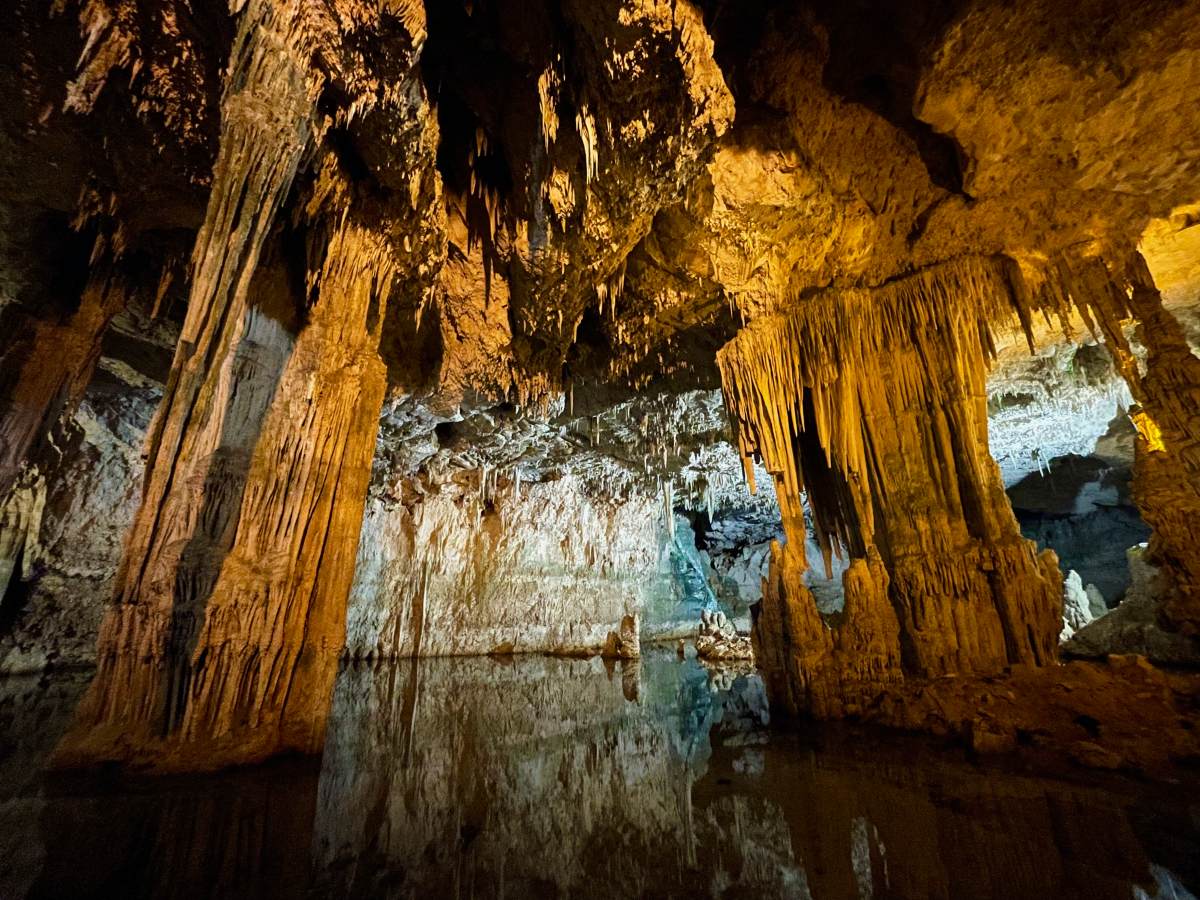
Stepping into the Neptune Cave feels like entering a magical underworld. The cavernous chambers are adorned with an array of geological formations, sculpted over centuries by the forces of nature. Stalactites hang from the ceiling like delicate icicles, while stalagmites rise from the floor, creating a harmonious symphony of nature’s artistry. These formations are illuminated by carefully placed lights, accentuating their intricate details and casting a soft glow throughout the cave.
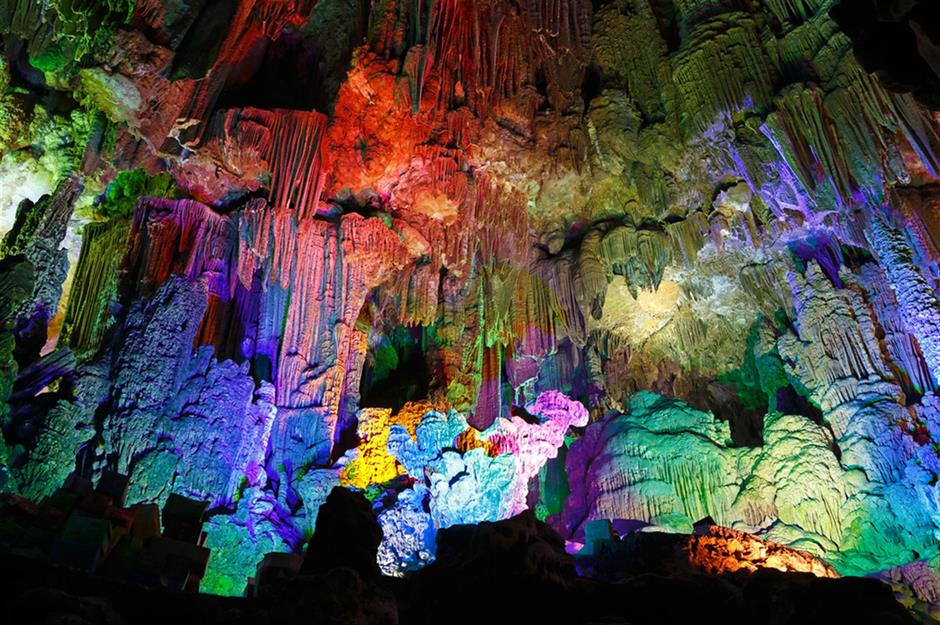
One of the most breathtaking sights in the Neptune Cave is the “Sala Grande” or the Great Hall. This expansive chamber is adorned with colossal columns, formed by the merging of stalactites and stalagmites over millennia. The sight of these towering formations, reaching up to 25 meters in height, evokes a sense of wonder and reverence for the power of nature. The acoustics within the Great Hall are exceptional, and occasionally, visitors are treated to the enchanting sounds of live musical performances, enhancing the ethereal atmosphere of the cave.
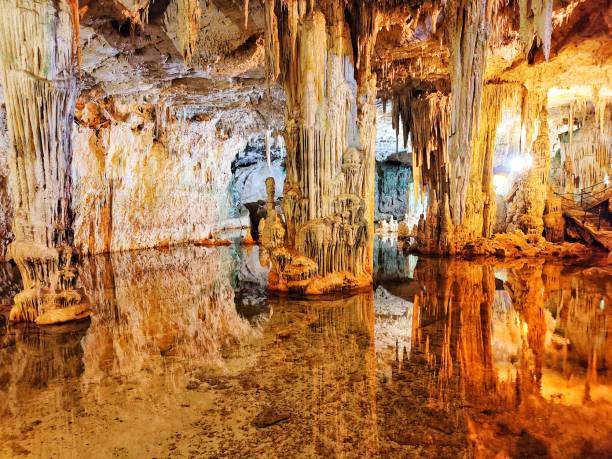
Another highlight of the Neptune Cave is the “Lago Lamarmora,” a subterranean lake known for its crystal-clear turquoise waters. The lake’s surface mirrors the intricate formations above, creating a surreal and dreamlike reflection. Visitors can take a boat tour on the lake, gliding gently through the calm waters, and marveling at the interplay of light and shadow on the cave walls.
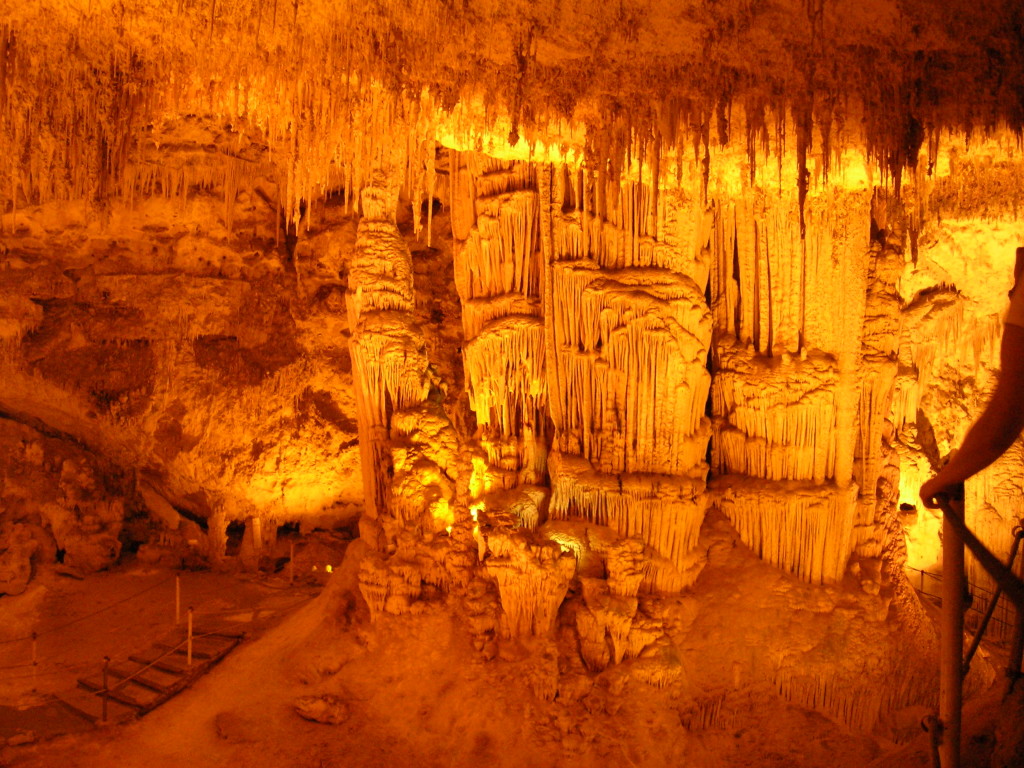
Exploring the Neptune Cave is not limited to the underground chambers alone. Adventurous visitors can venture further into the cave, following a narrow tunnel that leads to a hidden exit, where the splendor of the Mediterranean Sea awaits. Emerging from the darkness, they are greeted by a breathtaking view of the azure waters, cliffs, and the rugged coastline of Sardinia, providing a unique and memorable perspective of the island’s natural beauty.
The Neptune Cave is not only a visual spectacle but also a place of scientific interest. It has served as a site for geological research and the study of ancient marine fossils. These studies have contributed to our understanding of the island’s geological history and the evolutionary processes that have shaped its landscapes over millions of years.


